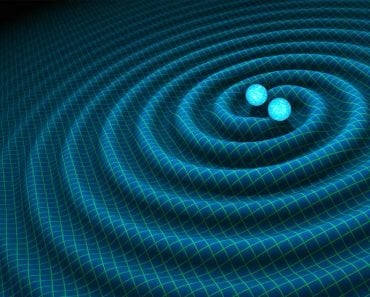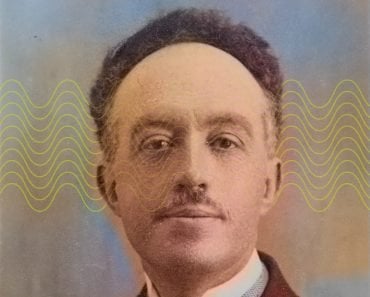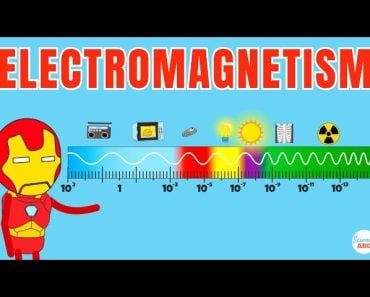Table of Contents (click to expand)
The speed of an individual electron is in the scale of millions of meters per second, but the average or drift velocity is much less than a million meters per second. The signal velocity is one hundred to a thousand times less than the drift velocity of DC current.
A few people, it seems, in a muddle of nearly identical concepts, have been led to believe that electrons in a conductor travel at the same speed as light. Do you really think that if one were to simultaneously fire a laser beam from Earth onto a detector on Mars and pass electricity through a multimillion-meter-long wire connecting a battery on Earth and a bulb on Mars, then the detector and the bulb would light up at the same time?

Recommended Video for you:
Why Electrons Cannot Travel At The Speed Of Light
There are only three ways in which this race between an electron and a photon can end: either the electron wins, the photon wins, or — the most boring possibility — the race ends in a tie. Obviously, the first possibility must be overlooked; it’s a physical impossibility, nothing can travel faster than light. Does the photon therefore win? If yes, why doesn’t the race end in a tie?
The electron cannot win the race in vacuum, let alone inside a conductor. The electron cannot travel at the same speed as light for the simple reason that it has mass. Light is the fastest thing in the Universe because it’s massless; it carries with it no baggage and exhibits absolutely no inertia that hinders its motion.

An electron’s mass might be laughably small in magnitude, but it is enough to prevent the particle from traveling at 300 million m/s. In fact, neglecting the photon, for it is massless, the electron is not even the lightest particle we’ve yet discovered; that title belongs to the neutrino. An electron is almost 5,00,000 times more massive than a neutrino.
The Speeds Of Electricity
Individual Electron Velocity
A metal like copper conducts because it is teeming with free electrons. It is only those electrons that reside in their atoms’ valence or outermost shell that, due to their proximity from the nucleus, tend to be least attracted to it and can therefore escape or free themselves from its pull. When we connect the metal to a battery, the generated electric field exerts a force on the free electrons, pushing them away from the negative terminal and towards the positive terminal. It is this flow of charges that constitutes electricity.
However, the noun “flow” is highly misleading: electricity is not characterized by a steady, continuous stream of electrons that gravitate towards the positive terminal. The precise definition merely cites “movement”; the completely random and haphazard movement of electrons or charges. The charges literally go haywire inside the conductor, ceaselessly stumbling and colliding not only into one another, but also the rest of the metal’s atoms on their way towards the terminal. This definition also quite neatly explains the existence of resistance: the collisions generate heat and impede their motion, thereby decreasing the value of the current.
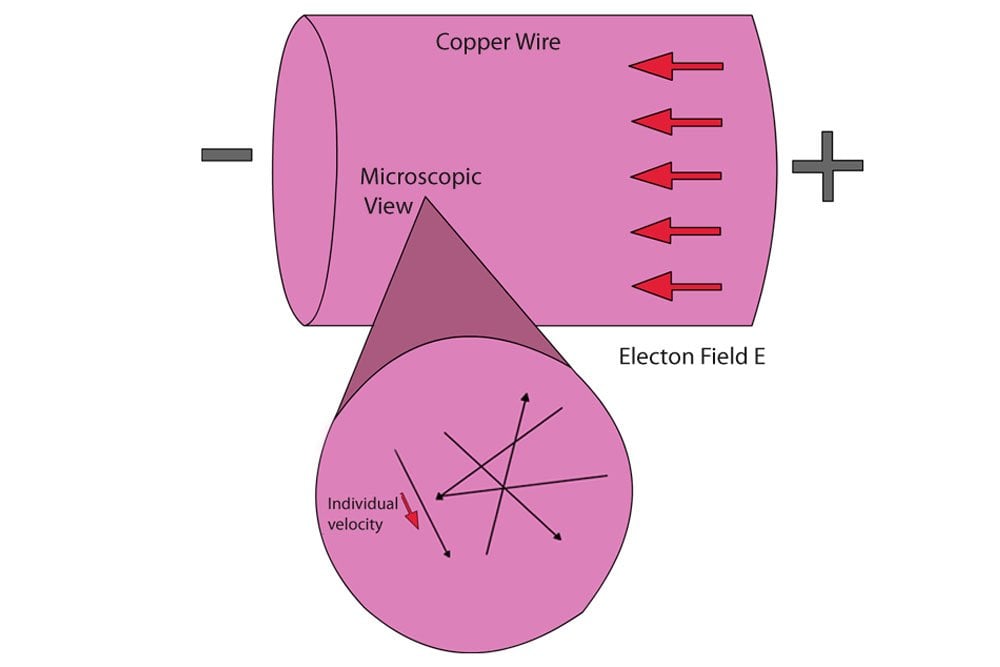
The speed of an individual electron is thus its speed between the collisions. How much time does an electron take to travel perhaps one nanometer? The individual velocity is measured to be in the scale of millions of meters per second. However, because their motion is random, every electron scampers along at a different velocity.
Average Or Drift Velocity
The uncertainty is perturbing because it makes calculations cumbersome. To get rid of this variability, we must take an average of each and every velocity before and after the collisions. The average velocity is known as drift velocity and it is deemed to be the velocity with which electricity moves.
Some electrons travel extremely fast, while others don’t. It is obvious that the average will be much less than a million meters per second. However, what is astounding is that averaging the velocities catapults the decimal point in the left to a distance one wouldn’t have even imagined. The drift velocity of electrons through a copper wire of cross-sectional area 3.00 x 10-6 m2, carrying a 10A current, is approximately 2.5 x 10-4 m/s, or one-fourth of a millimeter per second!
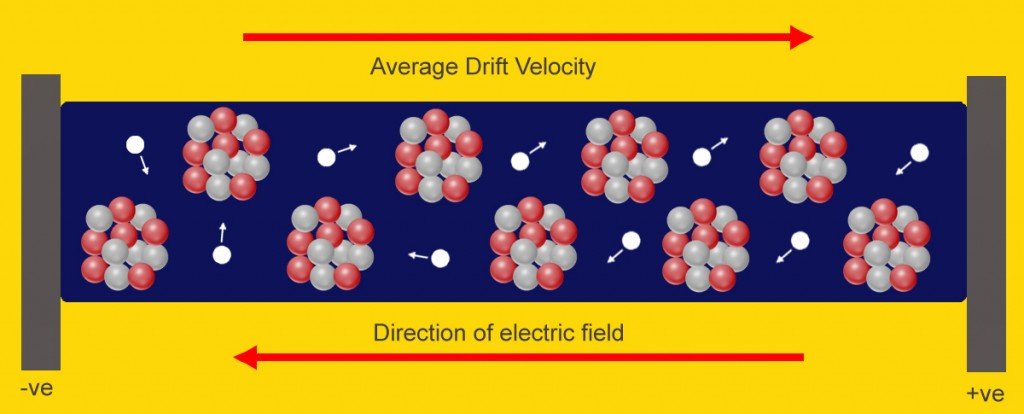
Drift velocity increases with an increase in DC voltage, but it remains constant with either a decrease or increase in AC voltage…constantly negligible. The drift velocity of AC current is one hundred to a thousand times less than the drift velocity of DC current. While it was 250 micrometers per second for the above-mentioned copper wire carrying a DC current, it would be 0.25 micrometers per second for the same wire carrying an AC current.
Not even the contact point or the switch through which the electrons escape itself is longer than 0.25 micrometers. Remember that electrons that constitute an AC current, unlike those that constitute a DC current, don’t move linearly forward, but instead alternate between the terminals; if they alternate at 0.25 micrometers per second, do they then, paradoxically, not enter the circuit at all?
Signal Velocity
Lastly, a few people believe that electricity travels at the speed of light because they confuse the speed of individual electrons with the speed of the electromagnetic waves the electrons radiate. However, while an electron, as an indivisible, mass-bearing particle, cannot travel at the speed of light, its effects can… well, nearly.
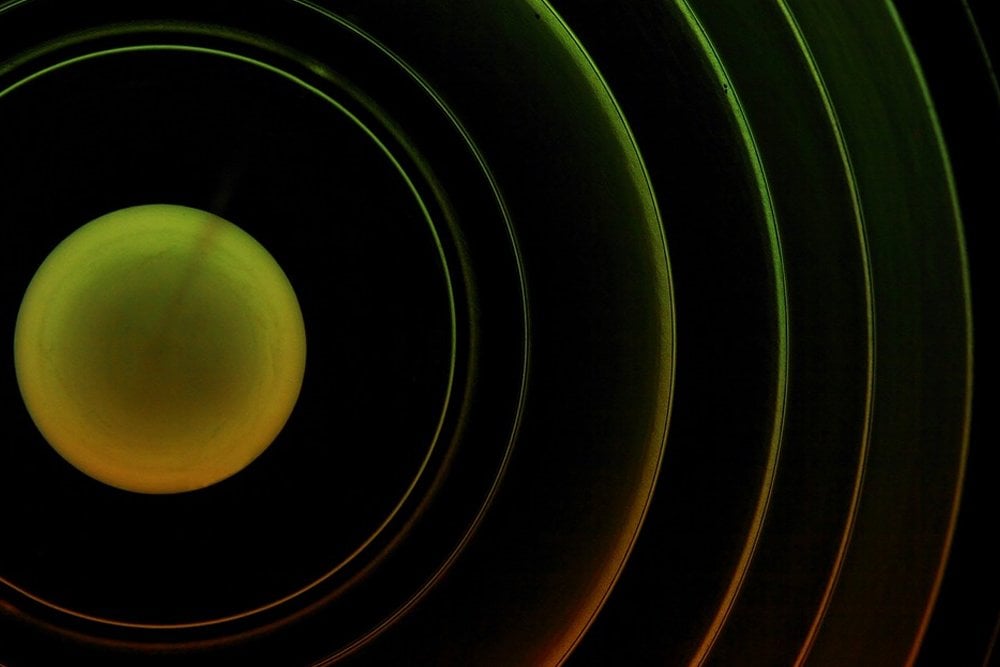
It is true that electromagnetic waves propagate at the speed of light; in fact, light itself is an electromagnetic wave. However, the speed of an electromagnetic wave varies with the properties of the medium in which it travels. The waves the electrons radiate travel at 300 million meters per second in a vacuum, but they would travel at the same speed in a conductor only if its structure or geometry permits.
The waves, or what is called the signal, may travel anywhere between 50%-90% the speed of light depending on whether the electrons are moving in a ‘bad’ or ‘good’ conductor. If the electrons literally drift to complete a circuit, how does the lamp in your bedroom therefore glow almost instantaneously? Well, because the effect of the electromagnetic waves or the signal propagates, not at the speed of light, but at a velocity large enough to perceive it as effectively instantaneous. For this reason, the race cannot end in a tie either; the photon will always emerge victorious.
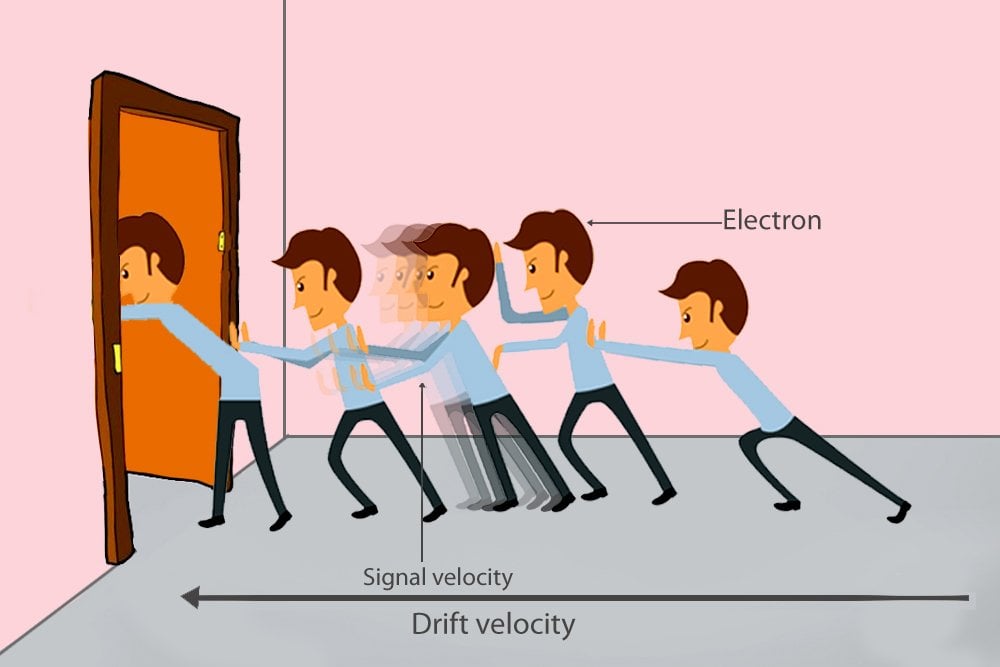
Think about it like this: picture a queue of shamelessly impatient people who anxiously fidget in their spots. Suddenly, the last person in the queue decides to push the person in front, who consequently pushes the one in front of her and so on. The push or the signal ‘travels’ instantaneously, but the person or the electron itself doesn’t. If the people had queued to enter a door, the propagated push would obviously reach the door first. The first pusher, however, would still be much farther behind. The people would continue to anxiously fidget, just how the individual electrons zip along at tremendous velocities. The queue on average, however, moves forward at a dull pace.






